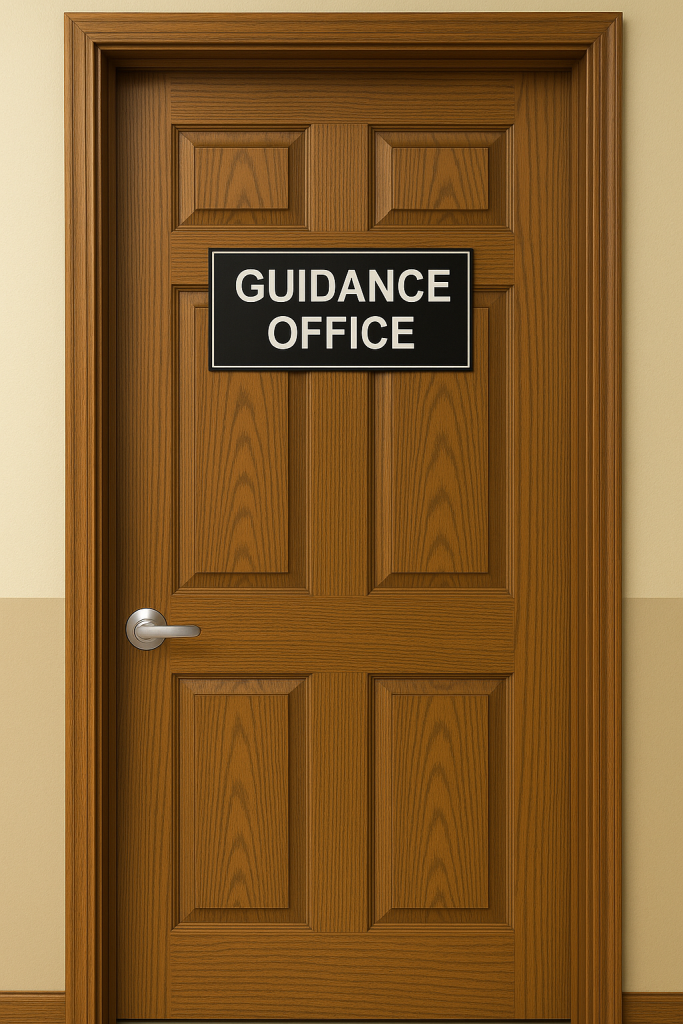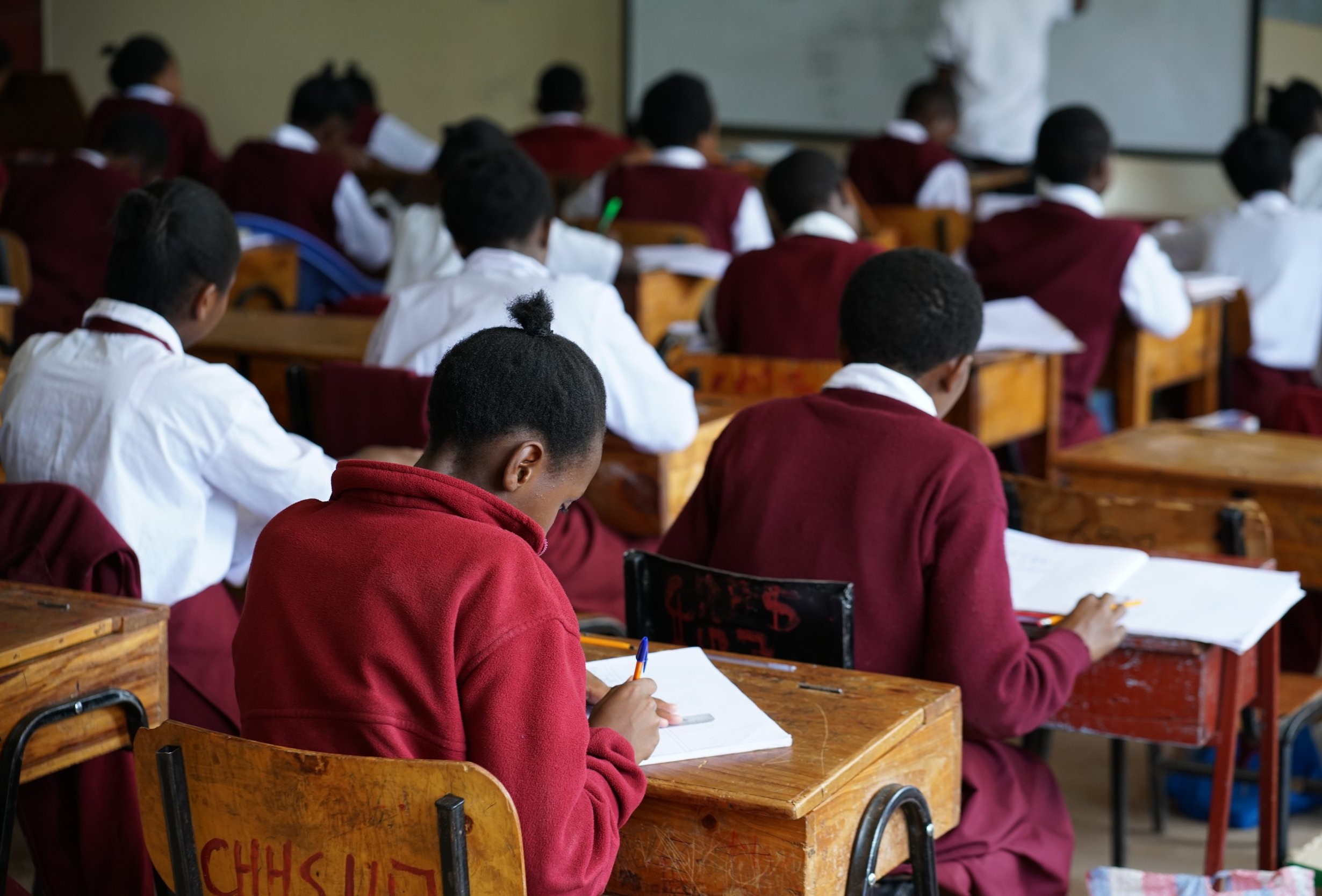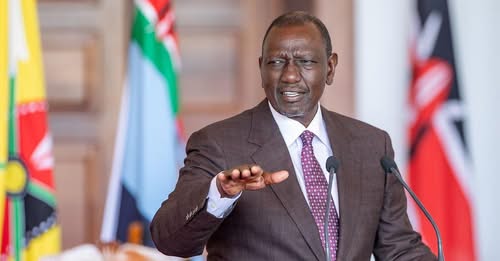Guidance and counselling teachers often face unique challenges and burdens in schools; most teachers have never realised the key role they play in learning institutions.
These teachers are forced to teach just like any other member, but they have very heavy caseloads. Managing large numbers of students, each with their own distinct needs and issues, all of which they hold in secrecy. They also play a key role in counselling school administrators, essential school staff, and fellow teachers.
They are forced to go out of their way and address many emotional demands., Dealing with students’ personal, social, and emotional challenges is a real problem and can be emotionally draining.
Confidentiality and boundaries are key when it comes to the faith of the counselee. Maintaining confidentiality while also ensuring student safety and well-being can be a delicate balance. These teachers should be given an office where counselees can open up to the counsellor or a serene atmosphere.
Limited resources usually impede effectiveness in guidance and counselling. Insufficient resources, such as funding, personnel, or facilities, can hinder the effectiveness of guidance and counselling programs.
Most guidance and counselling teachers are also responsible for other key roles due to their diverse talents and skills.
READ ALSO:
Meru revives Governor’s Cup to tackle drug abuse and nurture youth talent
These roles and responsibilities of guidance and counselling teachers often take on multiple roles, including teaching, counselling, and administrative tasks.
High expectations are always twists and turns that have to be manoeuvered skillfully. Meeting the expectations of students, parents, teachers, and administrators can be a stressful and overwhelming experience.
Trauma and crises can sometimes be hurdles in executing these key roles. Dealing with traumatic events, such as bullying, abuse, or mental health crises, can be particularly challenging.
Several issues arise along the way. Stigma and misconceptions are such aspects. Overcoming stigma and misconceptions about guidance and counselling can be a persistent challenge.
To mitigate these burdens, learning institutions should consider strategies such as providing adequate resources: Ensuring sufficient funding, personnel, and facilities to support guidance and counselling programmes.
Our counsellors in learning institutions should be equipped with continuous learning.
Professional training and support to help guidance and counselling teachers develop their skills and manage their workload.
Self-care and wellness are very important, and encouraging guidance and counselling teachers to prioritise their self-care and wellness is essential.
Collaboration and teamwork that fosters harmony between guidance and counselling teachers, teachers, and other school staff to share responsibilities and support students.
Building partnerships with community organisations and mental health professionals is essential to provide additional support and resources for students.
By acknowledging and addressing these challenges, schools can better support their guidance and counselling teachers and ultimately provide more effective support for their learners.
By Hillary Muhalya.
You can also follow our social media pages on Twitter: Education News KE and Facebook: Education News Newspaper for timely updates.
>>> Click here to stay up-to-date with trending regional stories
>>> Click here to read more informed opinions on the country’s education landscape
>>> Click here to stay ahead with the latest national news.






